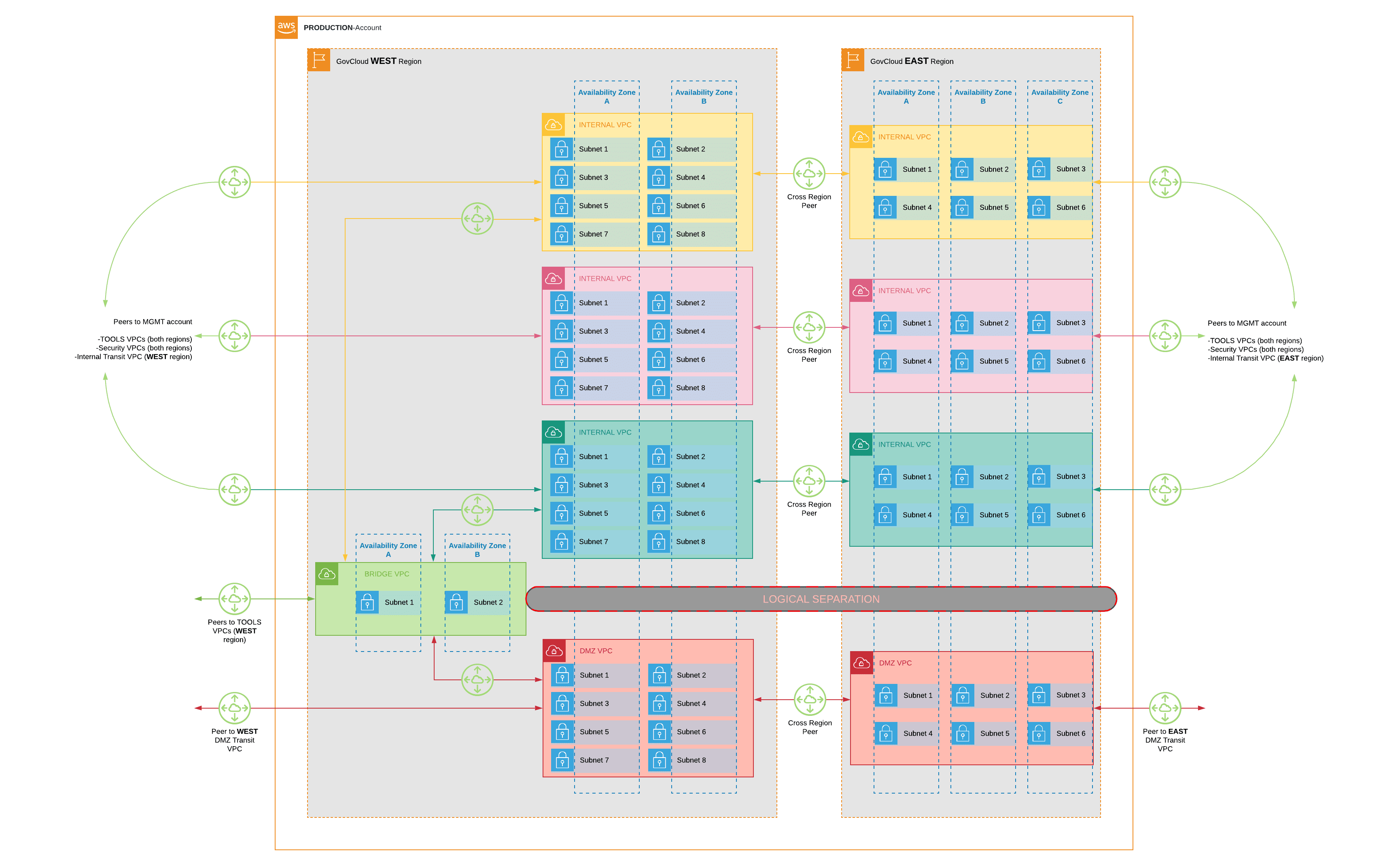Case Study: Enterprise Low Code Refactoring and Modernization

Background
STS assisted a federal agency that provides pretrial services to parolees and probationers with the goal of enhancing public safety, reducing recidivism, and promoting fair administration of justice in Washington, DC. It has a critical function in ensuring the parolees/probationers it serves have access to resources before trials and provides supervised parole for individuals within the nation’s capital.
The agency’s Supervision and Management Automated Record Tracking (SMART) system was both indispensable and in need of an upgrade. SMART is comprised of more than 20 applications supporting the agency’s core mission of overseeing integration of offenders into the community, and performed numerous functions like screening, scheduling, collecting user feedback for agency review, and serving as the agency’s central data repository. STS needed to deliver a solution that would enhance these functions, not just migrate them.
Analysis
The SMART system originally ran on a .Net Oracle Database server. With its more than 20 constituent parts and applications, SMART was too complex to simply lift and shift— and as a mission-critical system, it needed to be highly secure, dependable, user-friendly, and easy to maintain. STS proposed an Agile approach to upgrade the Smart system piece by piece into cloud-based Microsoft (MS) Power Platform, allowing for continuity of services, maximum security, and adaptability throughout the project lifecycle. By using Microsoft Power Platform, the STS team has implemented a low-code solution using PowerApps (Azure Datafactory, MS PowerAutomate, Canvas Apps, Model-Driven Apps, and a Portal) which dramatically reduces time-to-market and increases the amount of flexibility, reusability, and scalability available for the SMART functionality.
Solution
STS assisted the agency transition away from its Angular-based/on-premises solution to an MS Power Platform cloud-based solution, which provided the added benefit of augmenting the agency’s Azure SQL server with Microsoft Dataverse.
The first application within the SMART solution selected for this effort was the AutoScreener application. The AutoScreener is among the most complex of the SMART applications, which uses an in-depth, customized assessment questionnaire to capture offender risk indicators. The offender’s answers to these questions are used to calculate a projected level of risk and provide a suggested supervision level based on historical trends. The risk level and suggested supervision level assist Community Supervision Officers (CSOs) with defining the offender’s supervision level and managing tailored supervision plans designed to rehabilitate the offender. STS’s solution also provided the agency with better data-driven insights by applying Power Platform’s artificial intelligence/machine learning (AI/ML) to AutoScreener data.
The use of Power Platform was not limited strictly to the AutoScreener function, however. STS developed a mobile-accessible portal application to allow offenders to view schedules, get reminders, and check in with their supervisors. This application will be available on a mobile device through any browser and will also be accessible to users outside of the organization through portals secured with a Power Platform scheme.
Benefit
By leveraging the Power Platform solution for the SMART system, STS was able to accomplish multiple goals:
- Dynamically shift from the development of a proof-of-concept to a full, production-ready application with minimal adjustments to the release timeline.
- All Minimum Viable Product (MVP) functionality, including additional and shifting scope, was released simultaneously with the heritage software release.
- Give the agency greater insight into how to allocate its resources, employees, and time through Power Platform applied AI/ML.
- Create a centralized style guide and component library to facilitate reusability, scalability, and User Experience best practices.
- Implemented automated notifications to the CSO whenever an offender has a certain life event, such as a change of address, to ensure visibility and accuracy.



